'Ballooning has a beauty to it, a magic and a mystery — you are defying gravity and you never quite know where you will end up'
Is it a bird? Is it a plane? No, it's Thomas the Tank Engine, van Gogh’s head, a pair of Levi’s and a Tyrannosaurus Rex... Julie Harding enters the weird world of Cameron Balloons.


Oh! I have slipped the surly bonds of earth, And danced the skies on laughter-silvered wings.
So wrote John Gillespie Magee in his sonnet High Flight. The Second World War pilot may have flown lark-like in a Spitfire, but that feeling of liberation, lift and those ‘wind-swept heights’ conveyed can equally be applied to ballooning.
‘That’s a poetic way of looking at it,’ acknowledges 82-year-old Don Cameron, a ballooning pioneer both in the air and in his business, Cameron Balloons, which is half a century old this year. ‘Ballooning has a beauty to it, a magic and a mystery — you are defying gravity and you never quite know where you will end up.’
On cloud-free, still mornings and evenings, balloons take to the troposphere, turning the uniform blue to a kaleidoscope of colour. Many of these vibrant envelopes (the technical term for the balloon’s fabric element) will have been given life within Cameron Balloons’s 42,000sq ft factory in Bedminster, Bristol, the most prolific producer of balloons in the world.
First, the nylon fabric, in varying thicknesses and a potential rainbow of colours, will be cut out, either by machine or by hand, in the latter case following a paper template. Then, on the second floor, the sections are joined and sewn, the semi-finished envelopes cascading waterfall-like from machine tables and swathing the floor in their voluminous folds. After eight weeks, a completed envelope containing more than 3,000ft of fabric will be ready for inspection, as well as partial inflation on the near-empty first floor. Finally, on a clement day, the balloon-to-be will be taken to nearby Ashton Court Park for a total inflation, the last before it takes to the skies in earnest with a basket beneath.

The company doesn’t only make envelopes resembling teardrops; it is equally renowned for its pioneering special shapes, from Thomas the Tank Engine and van Gogh’s head to a pair of Levi’s jeans and a Tyrannosaurus Rex (Mr Cameron’s favourite).
Basket frames are also fabricated within these walls in St Johns Street (the wicker weave is commissioned from craftspeople in Somerset and Shropshire), as are burner and inflator-fan frames, as well as more unusual items, such as air chairs — but only for the very brave, who are content to have nothing between themselves and terra firma below.
Covid has caused something of a basket jam and upwards of 30 occupy valuable floor space as they await despatch. ‘We send many big baskets to Kenya and Myanmar for the tourist industry, but that has been scuppered by coronavirus,’ confirms Mr Cameron.
Exquisite houses, the beauty of Nature, and how to get the most from your life, straight to your inbox.
‘We’ve also made several record-breaking baskets, capsules and balloons, and we’ve just constructed another world first — a 3½ million cubic feet balloon and a pressurised spacecraft-type capsule for a new altitude attempt that is aiming to better Vijaypat Singhania’s 2005 record of 68,986ft, made with a Cameron Z-1600. We even constructed the world’s first hot-air airship.’
The famous Breitling Orbiter, which, in 1999, circumnavigated the globe in an historic first with Bertrand Piccard and Brian Jones at the helm, emanated from this factory. Fast forward to today and Russian adventurer Fedor Konyukhov will soon take delivery of a Cameron Balloons two-man capsule for an attempt to twice circle the earth non-stop.
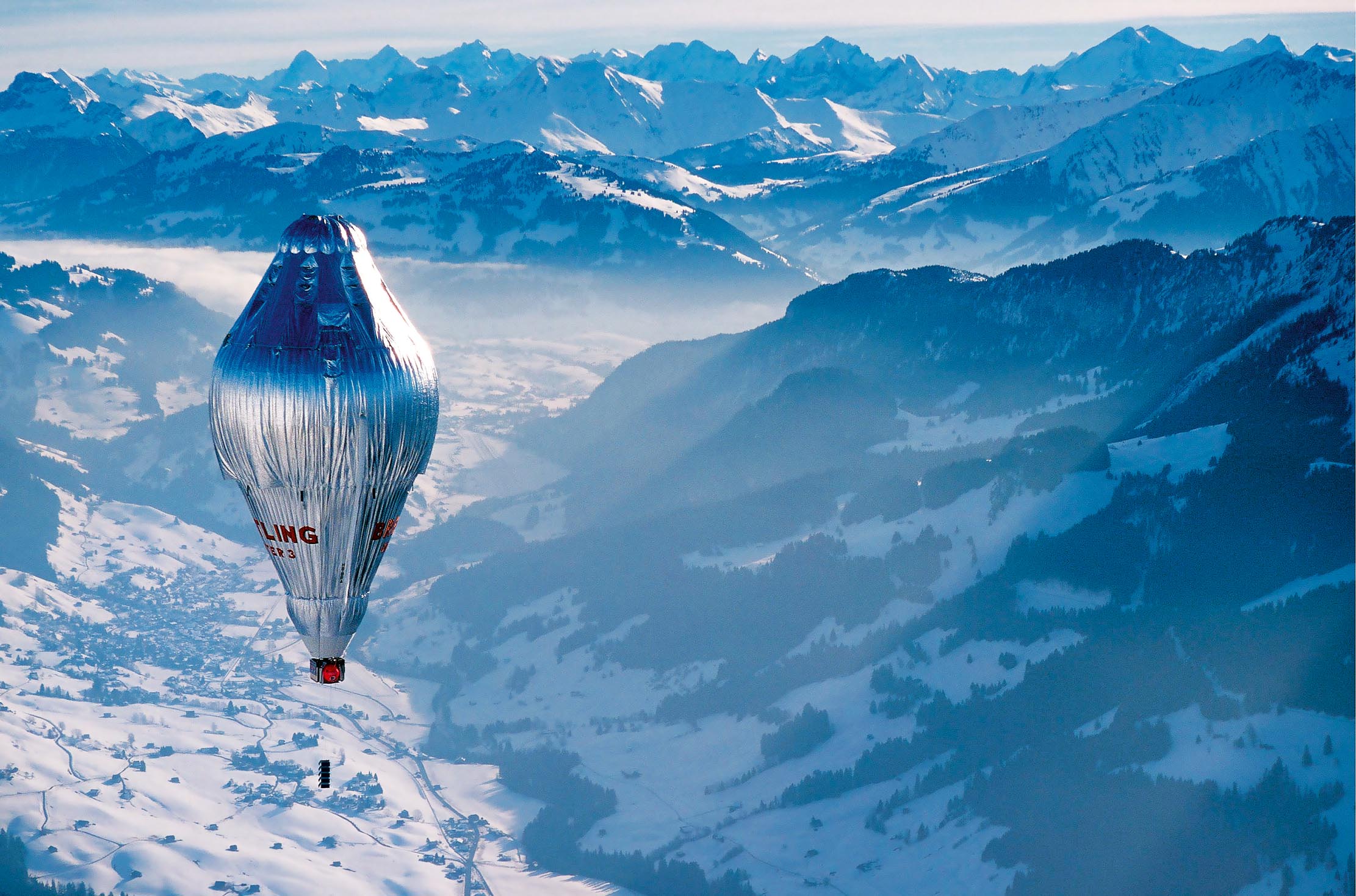
As a boy, Mr Cameron was fascinated by flight. He made model planes and later learned to fly in a Tiger Moth. Lacking an aviation industry, Scotland, the land of his birth, held little allure and so he migrated south to industrial Bristol and swiftly netted a job with Bristol Aeroplane Company. It was at about this time that he joined Bristol Gliding Club, in what would prove a life-changing move.
‘We were chatting in the club bar and Giles Bulmer [of Bulmers cider family fame] had brought along a National Geographic magazine that showed a new type of American hot-air balloon,’ he recalls. ‘It inspired us to build the Bristol Belle.’
In a parachute factory, Mr Cameron and other club members put together Europe’s first modern hot-air balloon, with an envelope made of nylon and a burner that dispensed propane to heat the air in the canopy above. Then, on July 9, 1967, they unleashed it above Weston-on-the-Green Airfield in Oxfordshire. It landed 40 minutes later, at Bicester Airfield. Not long afterwards, Mr Cameron began making balloons in his basement flat in Cotham Park, initially as a hobby. ‘I did everything bar the sewing. I employed a lady for that,’ he says, explaining the inception of his extraordinary business.
Since his maiden voyage, Mr Cameron, founder of the Bristol Balloon Fiesta, has notched up 1,500 flying hours, which ‘isn’t very impressive and nothing like the tourist pilots,’ he says with characteristic modesty. With the derring-do of those who regularly head towards the stratosphere, some of these hours have been logged during exceptional flights — including crossing the Sahara and the Alps, plus two transatlantic trips. The first, in 1978, ended in the Bay of Biscay with a lift home in a fishing boat. The second, in 1992, merited the popping of Champagne corks with a touchdown in Portugal following a take-off in Bangor, Maine, US.
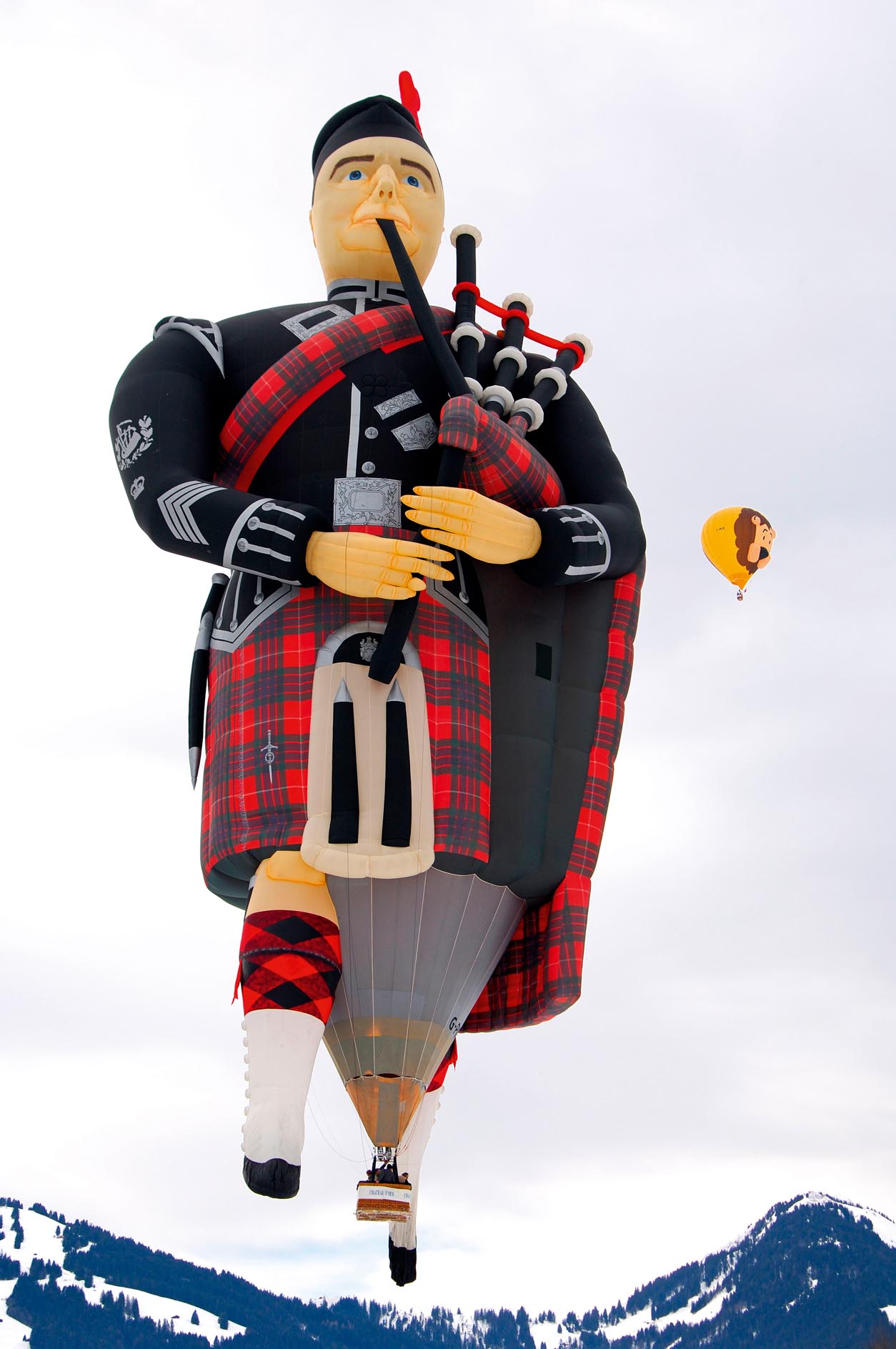
In 1990, Mr Cameron also made the inaugural balloon flight to the USSR: ‘I crossed a lot of land, including Copenhagen at night. I could see people dining in restaurants. When you cross an ocean, you feel as if you’re in a spacecraft, away from everything.’
Such feats in and out of a basket earned him the prestigious Harmon Trophy (previous holders across the categories have included Amy Johnson, Amelia Earhart and Neil Armstrong). ‘I was due to receive it from vice- president Walter Mondale, but storms meant that all flights were cancelled, so the British ambassador collected it instead,’ remembers Mr Cameron, who has nine children, three of whom — Hannah, David and Tom — work at the family firm.
The pandemic has seen Mr Cameron partly grounded: ‘I’m in danger of being out of practice. I last flew a balloon in August.’ Cam-eron Balloons’s 50th-anniversary celebrations failed to see lift-off, too. ‘I’m not sure what form these will take yet, but it may well involve tak-ing the 65 staff up in balloons,’ he smiles.
Cameron Balloons — www.cameronballoons.co.uk
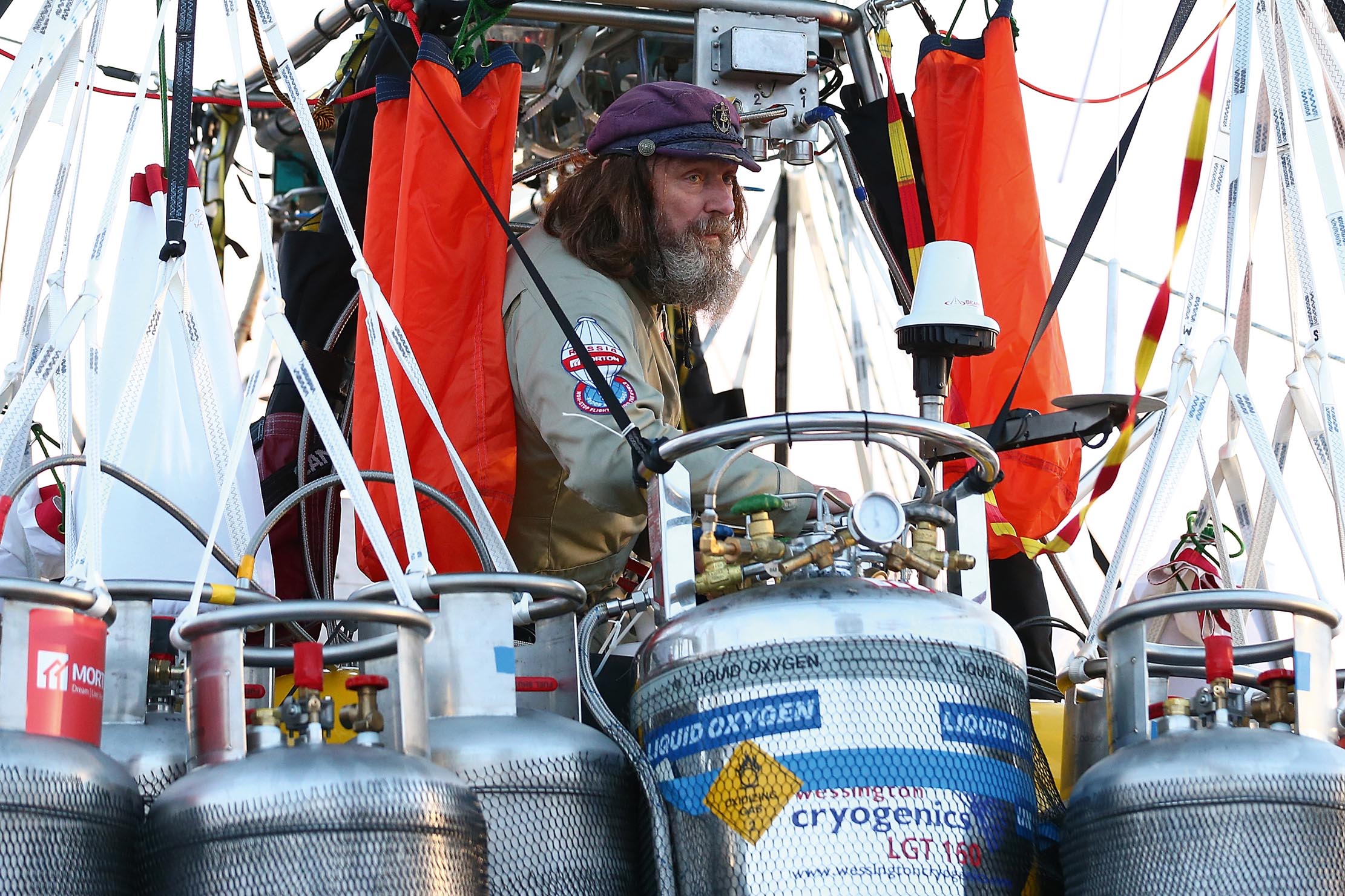
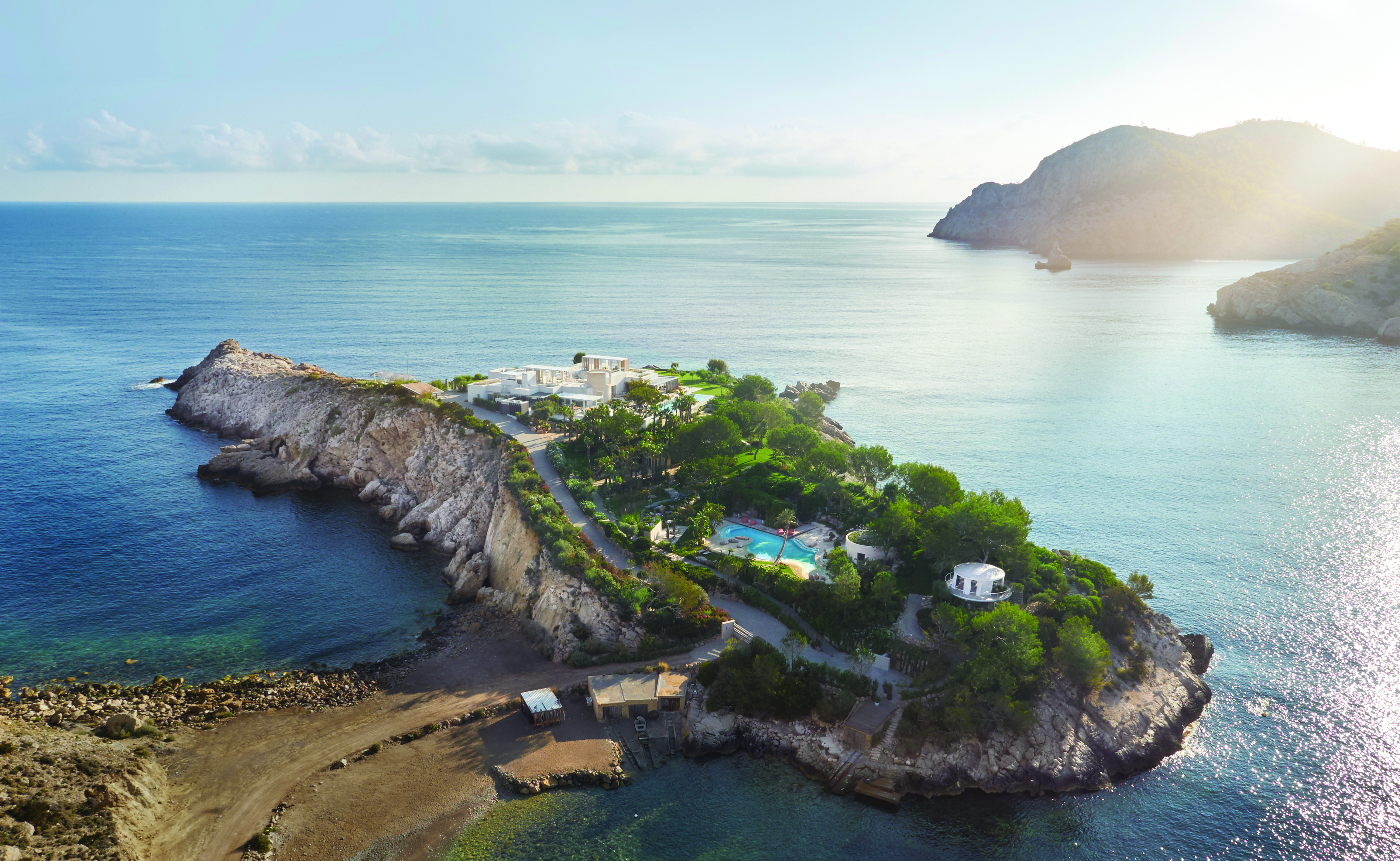
Credit: Isla Sa Ferradura
A fresh perspective on Ibiza: An island of quiet charm, a thin split from the party capital of the world
Mark Hedges explores Isla Sa Ferradura, a Garden of Eden just a short distance from one of the world's most

Credit: Alamy
250 years of Bath’s Royal Crescent: From Druidic influences to big screen fame
2017 marks 250 years since the first foundation stone was laid.
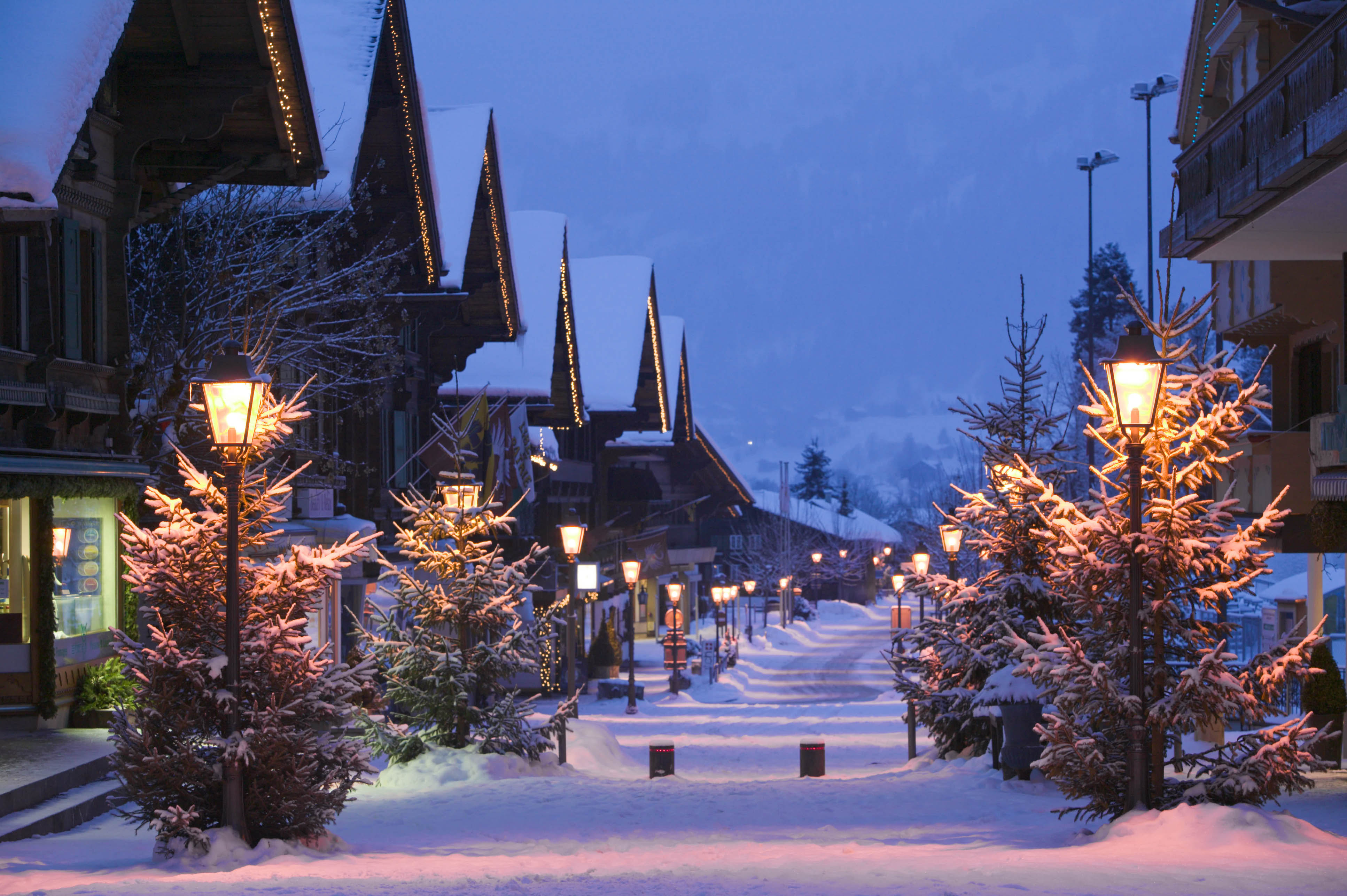
Credit: Getty Images/AWL Images RM
Gstaad, Switzerland: ‘The last paradise in a crazy world’, a fairytale still untouched with pistes aplenty
Rosie Paterson travels to Gstaad–once described by Julie Andrews as ‘the last paradise in a crazy world’– to find out
Country Life is unlike any other magazine: the only glossy weekly on the newsstand and the only magazine that has been guest-edited by His Majesty The King not once, but twice. It is a celebration of modern rural life and all its diverse joys and pleasures — that was first published in Queen Victoria's Diamond Jubilee year. Our eclectic mixture of witty and informative content — from the most up-to-date property news and commentary and a coveted glimpse inside some of the UK's best houses and gardens, to gardening, the arts and interior design, written by experts in their field — still cannot be found in print or online, anywhere else.
